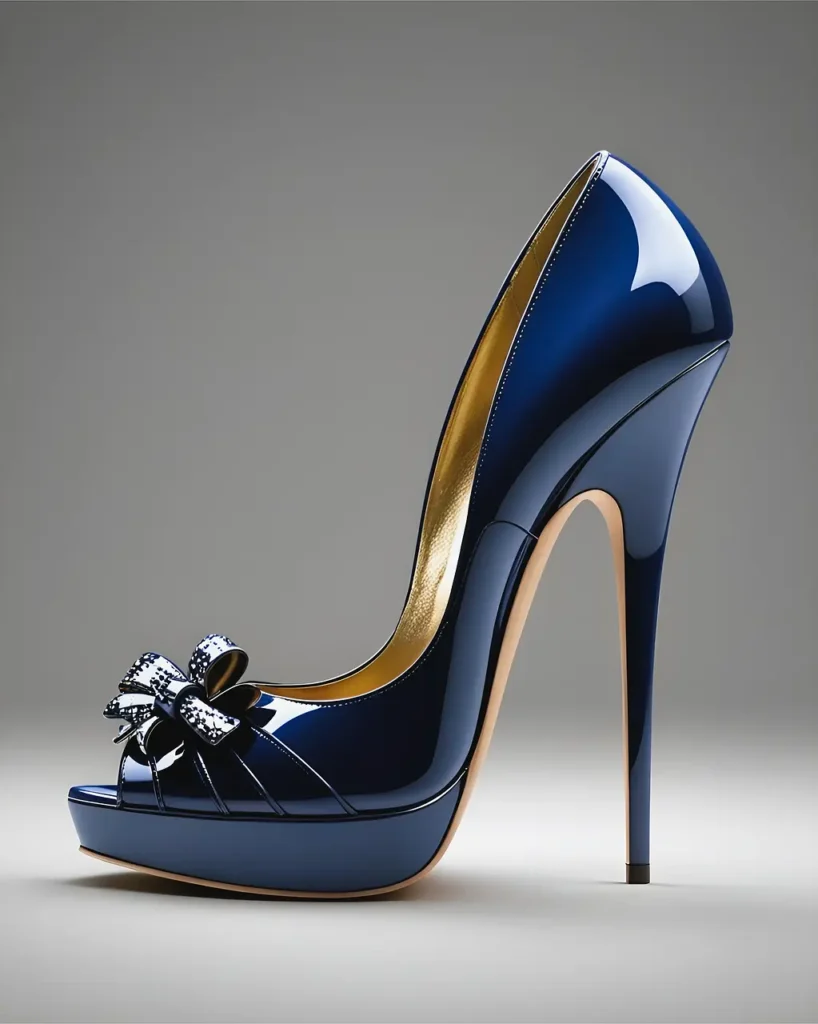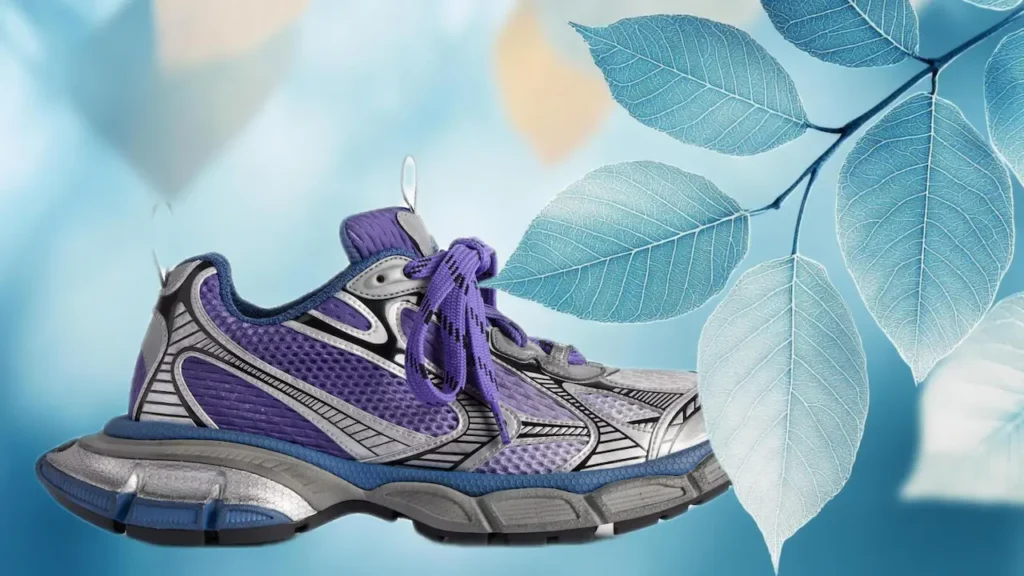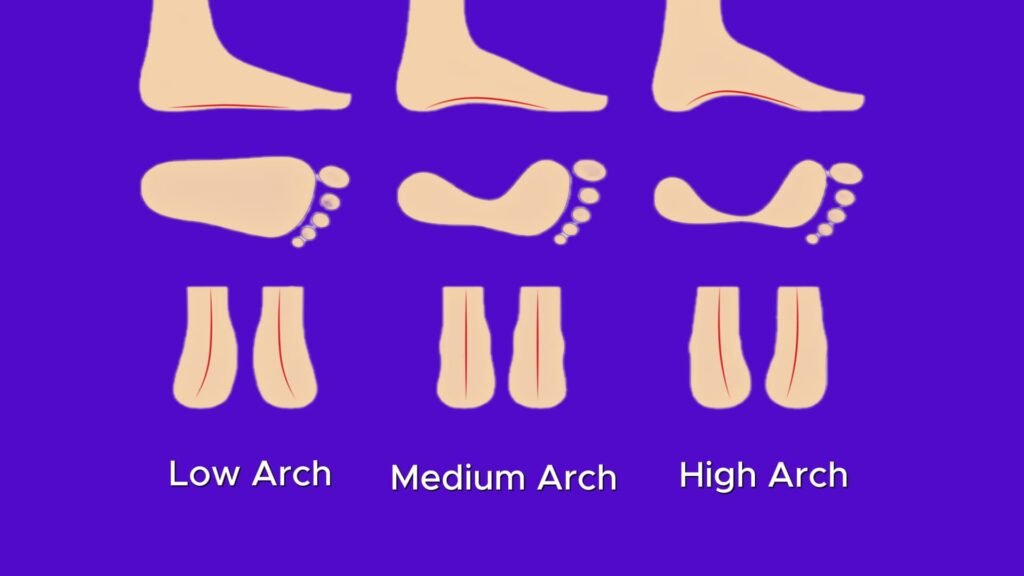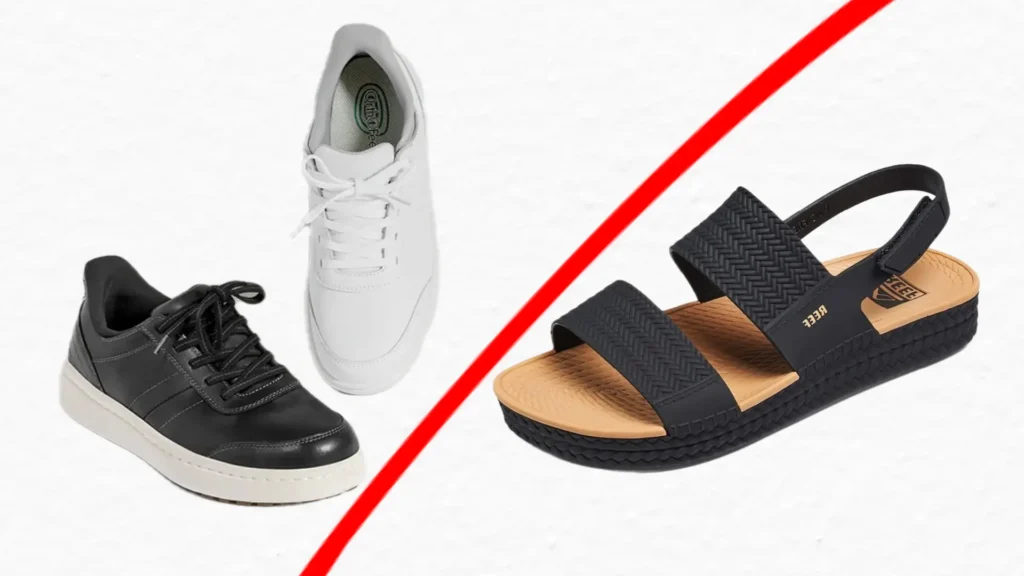Shoes are a critical part of your daily life. Yet, distinguishing high-quality footwear from flimsy impostors feel like navigating a maze. Poorly made shoes wear out quickly, cause discomfort, and waste money, while well-crafted pairs offer longevity, support, and timeless appeal.
This guide breaks down the key factors to help you identify high-quality shoes.
Examine the Materials First
The materials used in a shoe’s construction are the foundation of its quality. Premium shoes rely on durable components that age gracefully. Here’s what to look for:
Leather: Full-grain leather reigns supreme. It softens over time, molding to your feet, and develops a rich patina. Top-grain leather is a close second, slightly sanded for smoothness but still durable. Beware of “genuine leather.” It is a misleading term for lower-grade scraps, which is essentially leather dust glued together.
Suede: Derived from the underside of leather, high-quality suede feels plush and uniform. Uneven suede suggests cost-cutting.
Canvas: Premium canvas should be thick, tightly woven, and resistant to fraying. Look for reinforced areas like the toe and heel.
Synthetics: Avoid cheap plastics. They crack, peel, and trap heat. However, advanced synthetics and recycled polyester can be high-quality.
For boots, look for waxed cotton or oiled leather in rugged designs. They enhance water resistance and durability. Check the shoe’s label. Vague descriptions signal lower quality. Smell the shoe, too—genuine leather has a distinct, rich scent, unlike the chemical whiff of synthetics.
Inspect the Stitching of Shoes
Craftsmanship shines through in the stitching. High-quality shoes are built to last, and their seams reflect that.
Consistency: Run your fingers along the stitches. They should be even, tight, and free of loose threads.
Reinforcement: Double or triple stitching on stress points shows a commitment to durability.
Stitching vs. Glue: While glue has its place, over-reliance on it is a red flag. Stitched uppers and soles—like in Goodyear or Blake welt constructions—indicate repairability and longevity.
Turn the shoe upside down. A stitched sole is a hallmark of quality, especially in dress shoes. Glued soles, common in mass-produced footwear, often detach after heavy use.
Check the Sole to Examine the Quality
The sole is your shoe’s backbone. Here’s how to evaluate it:
Material: Rubber soles dominate high-quality casual and athletic shoes for their flexibility, grip, and wear resistance. Look for Vibram rubber in rugged designs. Leather soles, typical in dress shoes, should be thick, and smooth. Hybrid soles (rubber and leather) offer a smart compromise for rough use.
Attachment: A securely attached sole shows no gaps, lifting, and sloppy glue residue. Welted soles are gold-standard for repairability. Cemented soles are fine for lighter use but less durable long-term.
Tread and Flexibility: Check the sole’s pattern. Deep, intentional tread improves grip. Flex the shoe gently. It should bend naturally at the ball of the foot without feeling brittle.
Assess the Comfort Features

High-quality shoes don’t compromise on comfort. Key elements include:
Insole: Lift the insole (if removable) or press inside. It should feel substantial. Orthopedic-friendly insoles are a bonus for support.
Arch Support: The shoe should follow your foot’s natural curve. Unsupportive designs lead to fatigue and pain.
Lining: A breathable lining prevents blisters and odor. Run your hand inside. Rough seams and exposed glue signal poor quality. Unlined shoes work for warm weather.
Padding: Collars and tongues in sneakers and boots should have cushioned padding for ankle support.
Evaluate the Brand and Reputation
A brand’s heritage can be a shortcut to quality. Research brands known for craftsmanship:
Dress Shoes: Allen Edmonds, Alden, and Church’s have decades of expertise in welted leather shoes.
Casual: Clarks, Red Wing, and Timberland excel in durable footwear.
Sneakers: New Balance, Adidas, and Veja offer premium lines.
Niche Players: Look into smaller brands for value-driven quality.
Check online reviews, forums, and X posts for real-world feedback. Beware of hyped-up brands banking on aesthetics over substance.
Look at the Details of Shoes
Attention to detail separates exceptional shoes from the pack.
Edges: High-quality shoes have polished, finished edges—no raw cuts, fraying, or uneven dye.
Hardware: Metal eyelets, thick laces, and sturdy buckles show care. Tug the laces—cheap ones snap easily.
Symmetry: Hold the pair together. They should mirror each other in shape, color, and stitching. Misalignment suggests sloppy production.
Weight: Quality shoes feel substantial but not clunky—lightness often means skimped materials.
Consider the Price-to-Value Ratio
Quality shoes cost more upfront, but they pay off in durability.
Repairability: Welted soles can be resoled or restitched, extending life.
Versatility: Neutral colors and classic styles maximize wearability.
Sales: High-end retailers discount quality shoes.
Identifying high-quality shoes is a skill worth mastering. By focusing on materials, construction, comfort, and value, you’ll build a collection that lasts. Next time you’re shopping, take a moment to inspect and feel the difference.




